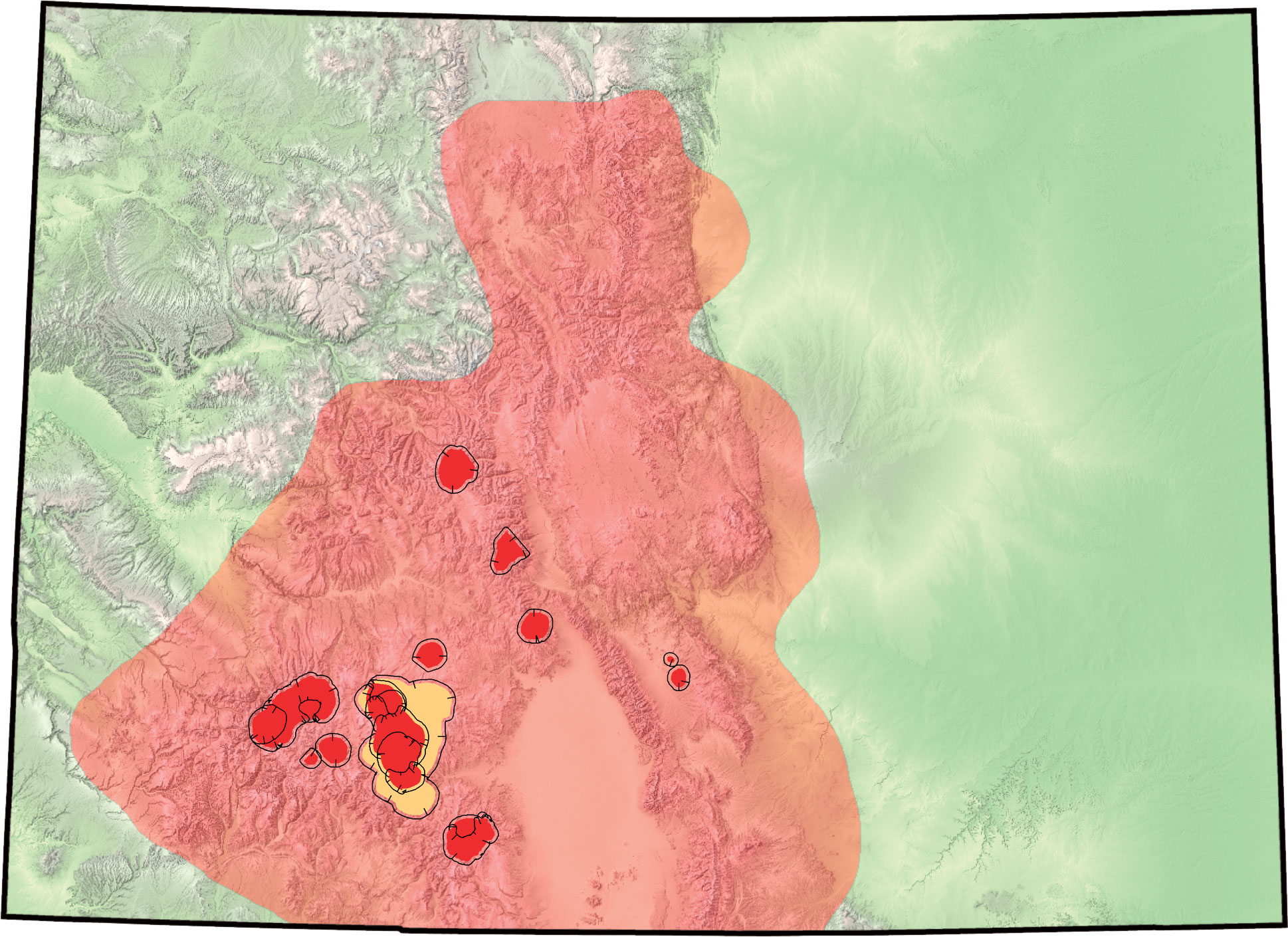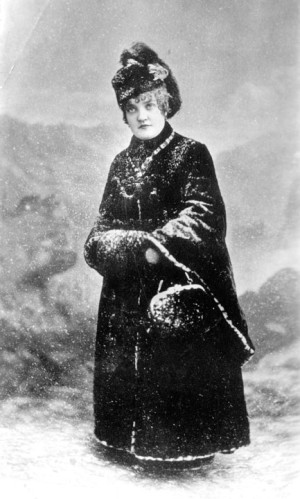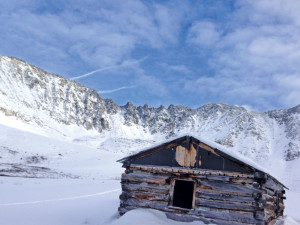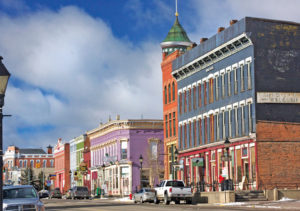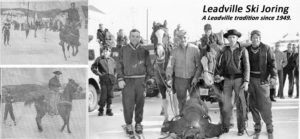By Vince Matthews
Colorado has seen its share of volcanoes. Numerous volcanoes erupted here during several geologic periods. This fiery activity spanned the gamut of volcanic types. Three major eras of eruption were 1.75 to 1.72 billion years ago, 38 to 26 million years ago, and 26 million years ago until the present. The most recent eruption in Colorado was a mere 4,135 years ago, where I-70 crosses the basalt flow between Gypsum and Glenwood Canyon.
About 27 million years ago, it is estimated that two thirds of Colorado was covered by volcanic strata. The Upper Arkansas and San Luis Valleys were in the midst of much of this red-hot activity and are home to volcanic rocks of many different types and ages. We have cinder cones, shield volcanoes, strata-volcanoes, subaqueous pillow lavas and rhyolite lava domes, as well as world-class calderas.
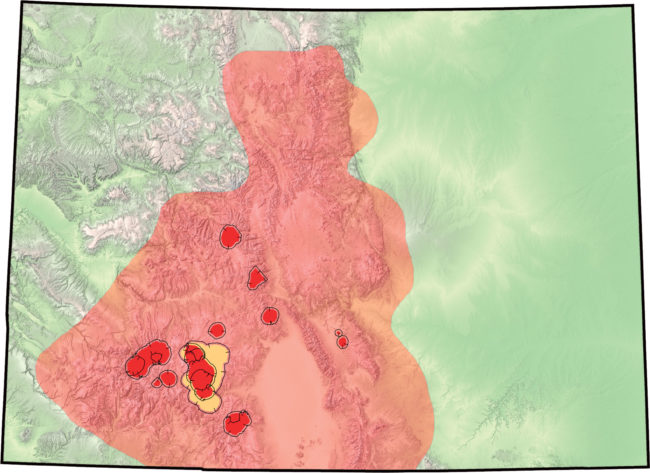
The most spectacular eruptions affecting central Colorado were from huge calderas, including La Garita caldera, which is the world’s largest. These twenty calderas erupted huge volumes of hot, gassy particles that traveled long distances at great speeds. The deposits from La Garita alone comprised 1,200 cubic miles of deposits. The calderas were popping off every so often for about twelve million years (38-26 million years ago). It was not a good time to be living in the Upper Arkansas area (although the valley and river did not exist at that time).
[InContentAdTwo]An eruption from a caldera located in what is now the Sawatch Range raced across central Colorado to the eastern plains. The volcanic rocks deposited from that eruption, the Wall Mountain Tuff, now form the caps of a number of buttes in the Castle Rock area. Remnant patches of the Wall Mountain Tuff can be traced along the way to Castle Rock. It is quarried in the Castle Rock area and was used in the construction of the “Unsinkable” Molly Brown’s house in Denver.
The latest period of eruptions began about 26 million years ago with the initiation of the Rio Grande Rift. The Rift is an area where the continent is being split apart in an east-west direction. The Rift extends from Texas northward through New Mexico and up to Kremmling in Colorado. Similar rift characteristics extend from Kremmling west-northwest to the Uinta Mountains. The Upper Arkansas River follows a down-dropped portion of the rift and cuts across the area of older volcanic rocks. The young rocks associated with the rifting are mostly basaltic in composition.
Geologists don’t know when or where the next volcano will erupt in Colorado. However, because the Rio Grande Rift is still pulling the crust apart, it will likely be a cinder cone eruption somewhere along the rift.

